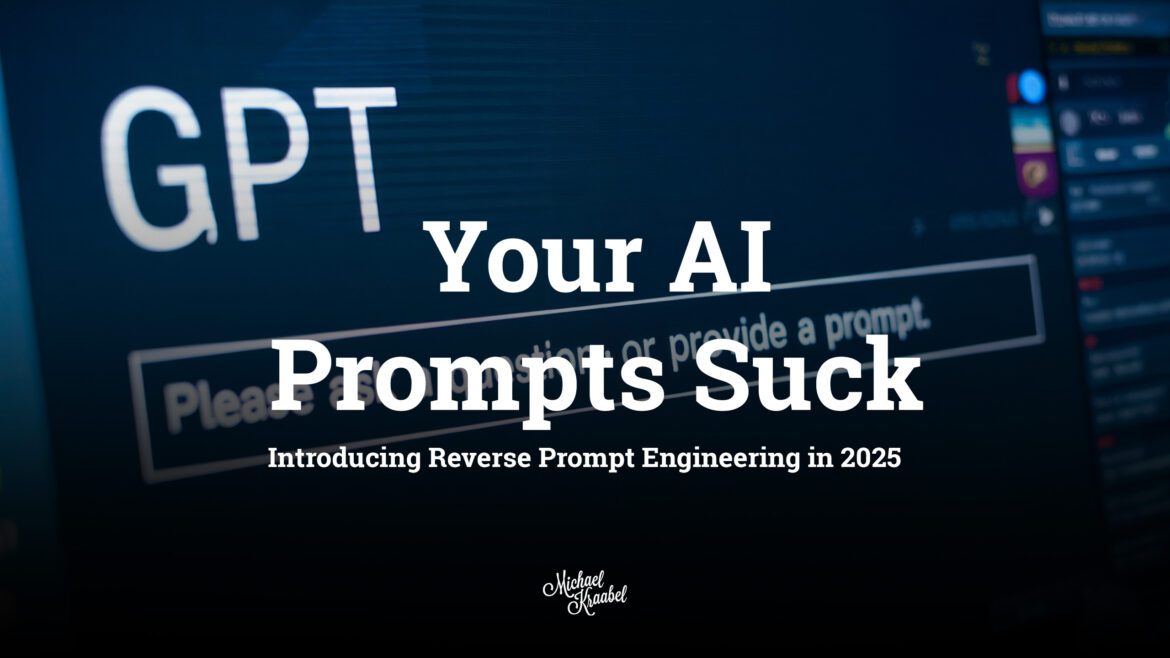Your AI Content Sucks – Reverse Engineering Prompts in 2025
https://www.kraabel.net/wp-content/uploads/2025/02/kraabel_gptprompt-1-1024x576.jpg 1024 576 Michael Kraabel Michael Kraabel https://www.kraabel.net/wp-content/uploads/2025/02/kraabel_gptprompt-1-1024x576.jpgFor decades, I managed creative and marketing teams, and the hardest part of the job was never the creative work itself. It was getting useful feedback. Clients, executives, and even internal teams struggled to articulate what they wanted. Most people do not know how to critique. https://www.kraabel.net/wp-content/uploads/2025/02/KRAABEL_REVERSEPROMPTS_000002.mp3 They assume it means pointing out what they…
read more

